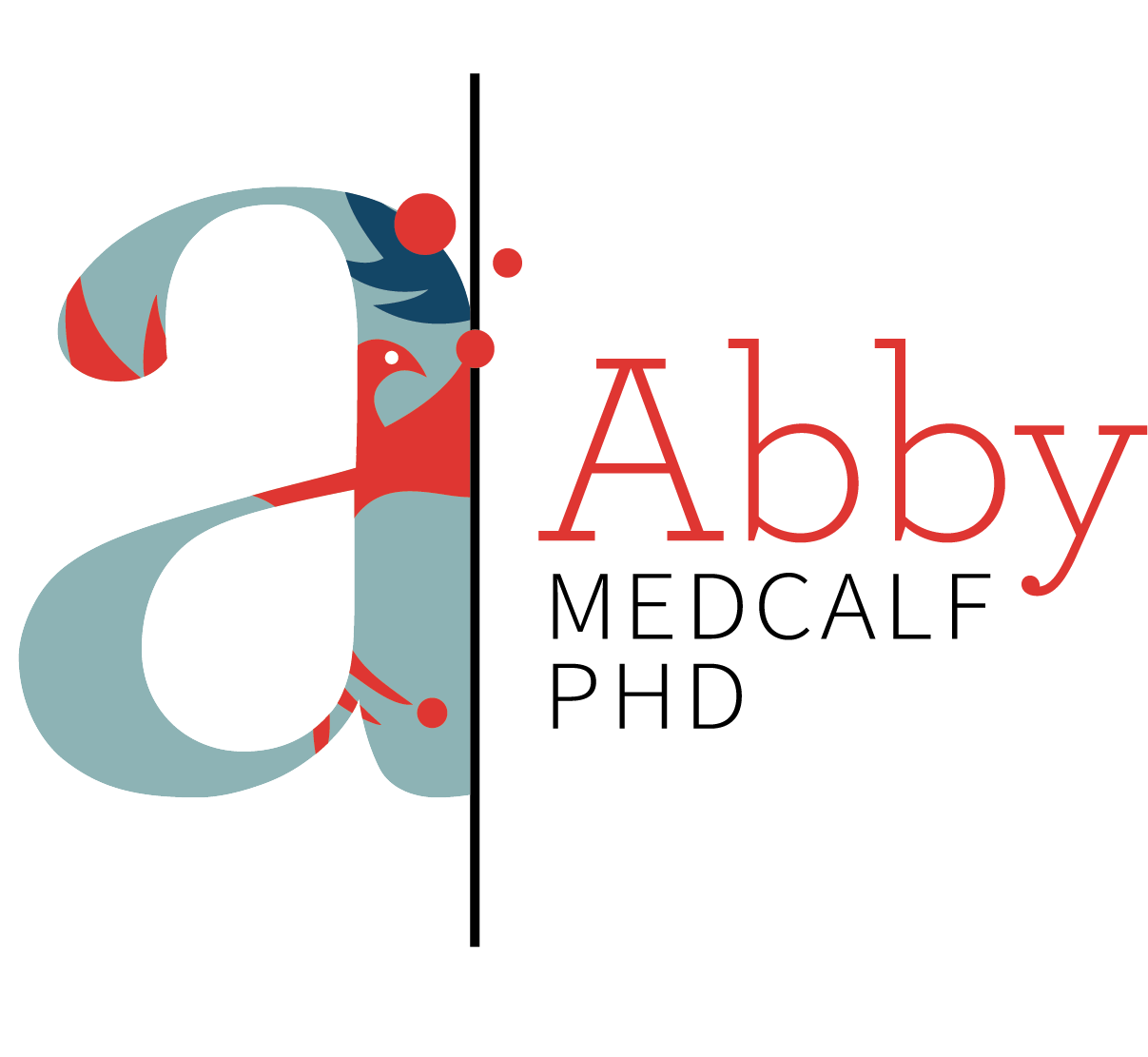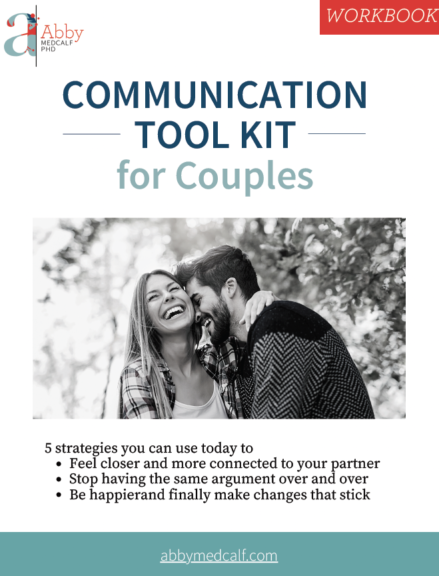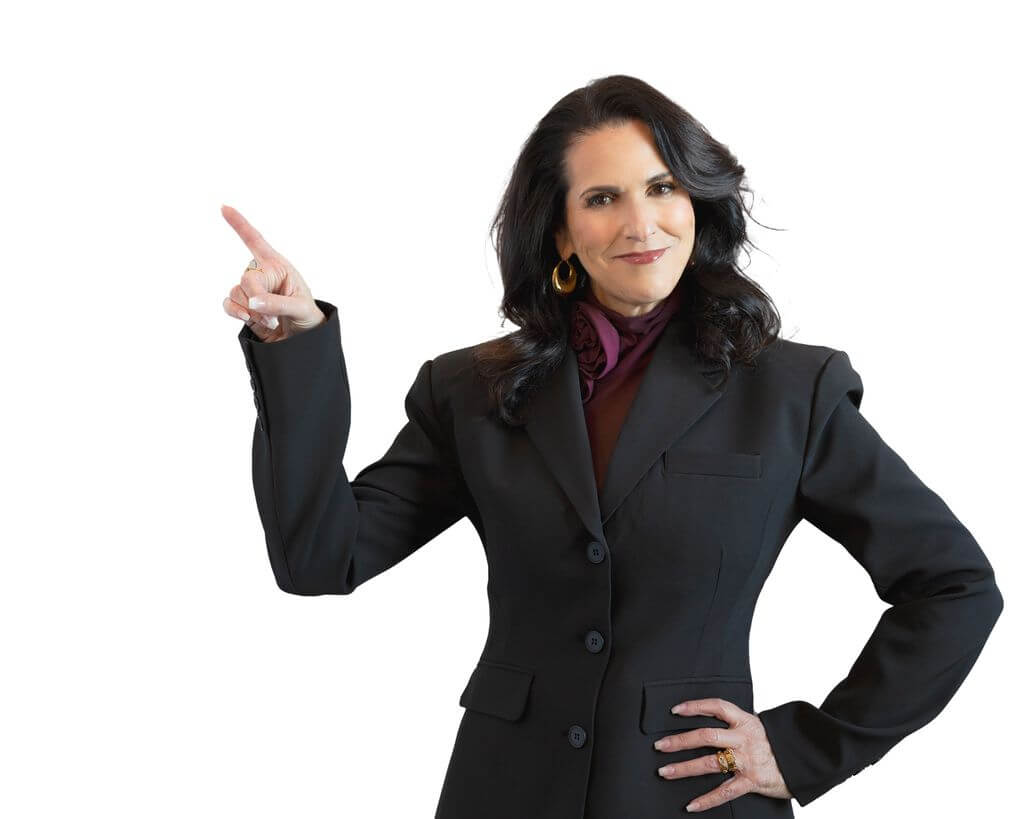
Dialectical Behavior Therapy, or DBT, is a type of cognitive-behavioral therapy created by psychologist Marsha Linehan in the early 1980s. It’s an evidence-based, highly successful type of therapy used to help people regulate intense emotions and improve their relationships. What does this have to do with problem-solving? Well, in all its brilliance, DBT outlines four ways to solve any problem and I’ve been using this strategy with great success with all my clients. These four ways to solve any problem are easy to learn and integrate so you can start meeting challenges with clarity and calm.
11-minute read
Background
A true hero in the field of psychology is Marsha Linehan, the creator of Dialectical Behavioral Therapy or DBT. Linehan was diagnosed with schizophrenia in her teen years and was sent to inpatient treatment, where she had electroshock therapy, so she’s someone who brought a special understanding and empathy to her later work. She graduated from Loyola University in Chicago and was working initially with highly suicidal women. To make a long story short, many of these people who were highly suicidal also had borderline personality disorder, so her work emerged, with a lot of trial and error, to have core components of being solution-based while also focusing on strong validation.
Ultimately, she created DBT, which is comprised of four different modules of skills training. These include mindfulness, distress tolerance, emotion regulation, and interpersonal effectiveness. Again, the whole idea is that people who work on these skills will be able to better manage their thoughts, emotions, and actions.
Within these DBT skills modules is a four-option system for handling any challenge that might come your way, which are:
- Solving the problem.
- Finding ways to feel better about the problem.
- Learning to accept the problem, or
- Staying miserable.
Over the many years of my practice, I’ve been employing these four options with clients, and I will tell you, they always work. So, let’s get to it.
Choice #1: Solve the Problem
I know this seems obvious but, for many people, they’ll spin their wheels and feel overwhelmed with something, so they really can’t figure out how to solve it (hence the reason I have a waiting list of people to see me). While there are many ways to solve problems and dilemmas, most involve specific steps. And the first step is generally to define or identify the actual problem. I can’t tell you how many people are often able to quickly jump to a clear solution just by being clear on what the actual problem was!
Learn how your lizard brain is keeping you stuck and specific tools to break free and start living a connected, happy life.
When you’re defining the problem, you get clear on the facts without all your opinions, worries, judgments, and anxiety getting in the way. This makes the path forward more clear. Do your best to be as specific as possible. “I’m too fat” is “I’m currently 12 pounds over my goal weight.” I’m always late for work is, “I was late three days this week.” My partner is an asshole turns into, “Yesterday, my partner said x, which hurt my feelings.”
The next step of problem-solving is to honestly evaluate the problem. The big question to ask yourself here is: “Am I in a position to influence or change this particular situation?” If the answer here is “No, I’m not in a position to change or influence this,” then it might be a good idea to move on to one of the other choices for solving a problem.
But let’s say you answered, “Yes, I do have some ability to influence or change this situation,” then you’d move on to step three, where you’d brainstorm all the possible next steps you could take and then decide on one or maybe two. When you’re brainstorming, try to objectively identify any reasons behind the problem you’re having. For example, maybe you and your partner are fighting a lot right now, but you just had a baby, or they just changed jobs, or maybe a parent died. Consider the who, what, when, and where of the behavior you want to change.
Finally, in step four, you’d give those ideas a try and then continuously evaluate your results. If it’s not working, can you try one of the other solutions you brainstormed, or does this solution you attempted simply need some tweaking to make it more effective? What troubleshooting could you do to create a lasting solution?
Learn my five step process for making decisions and getting out of analysis paralysis.
Choice 2: Feel Better by Changing Your Perception
Sometimes you can’t solve the problem. Sometimes you can’t make the changes you want or need. Maybe you’re just not willing to make certain changes right now, or maybe you can’t see a path where you have the power to make the changes you desire.
In these situations, another choice is to change your perception or the way you think about the obstacle you’re facing. Over 2000 years ago, Roman Emperor Marcus Aurelius said, “If you are distressed by anything external, the pain is not due to the thing itself, but to your estimate of it; and this you have the power to revoke at any moment.” I’ve done quite a few episodes on this particular choice, so I’m not going to go deep on this one now, but let me say a few words.
One of the best ways to change your perception in a given situation is a technique called cognitive reframing, which is the fundamental underpinning of cognitive behavioral therapy (CBT), which is basically what all therapists use to help you feel better.
If you like cognitive reframing, you’ll love the ABC technique!
At its most basic level, cognitive reframing helps you look at a situation, person, thought, or feeling from a different perspective. It’s a strategy that helps you open your mindset to a new point of view – a new angle on what’s happening so you can think differently about it and learn how to let things go.
This is crucial because you feel the way you think. So, changing your thinking about something will change your feeling about it. The thoughts you think and the subsequent emotions that you feel are almost always rooted in old, negative patterns that you’ve had since childhood. These ways of thinking and coping likely served you in some way then, but they definitely don’t serve you now.
You’ve heard me say before that life is happening for you, not to you. That’s a quick example of a cognitive reframe. Thinking of problems as challenges is another cognitive reframe. Some reframes are easy, and some are a bit harder. I outline my five-step process for cognitive reframing in that episode I just mentioned, so go back and listen to that if this is something you want to get great at.
Choice 3: Practice Radical Acceptance
Your next choice is to radically accept the situation. I haven’t talked about radical acceptance before, so I’m going to spend a little more time on this one.
So much of our unhappiness comes from not accepting what is. Yup, you didn’t go to college. Yup, you said something to your dad that upset him. Yup, you never found peace in the relationship with your mom and now she’s dead. Yup, yup, and yup. When we regret and push back against things that absolutely cannot be changed, we put ourselves in a state of hopeless and helpless misery. It’s railing against the machine in its penultimate form. And it’s exhausting because fighting reality is draining work! When you refuse to accept that you were unfairly passed over for that promotion, or that your partner cheated on you, or that your parents always take your brother’s side, you’re the one who suffers the most. You’re the one enhancing and extending your pain!
Radical acceptance has been around for a long time. At its core, it’s based on the idea that suffering doesn’t come from the pain in a situation; it comes from your attachment (in one form or another) to that pain. The Stoics of ancient Greece built their philosophy on it. Practicing non-attachment is a major tenet of Buddhism, and Carl Rogers, one of the forefathers of modern psychology, believed that acceptance is the first step towards change. He said, “The curious paradox is that when I accept myself just as I am, then I can change.” And, of course, Carl Jung famously said, “What you resist not only persists, but will grow in size.” Yes, what you resist persists, and that’s where radical acceptance comes in.
With radical acceptance, you’re not attached to painful events from your past. You stop judging what’s happened so you can accept reality for what it is instead of being caught up in an emotional reaction to it. Radical acceptance means you accept the situations and people that are outside of your control, without judgment, which will help ease the suffering you believe is caused by them.
Radical acceptance means you completely, wholeheartedly, and with every fiber of your being, accept what is real and finally surrender (in a good way). Radical acceptance doesn’t mean you agree with what’s happened or think it’s OK. It doesn’t mean you condone someone’s unhealthy behavior or that you should put up with abuse. It means you stop resisting what is. It means you’re now looking at your situation without judging yourself or the other person. You’re clearly seeing what’s going on with no denial and no self-hate. It’s from this clearer perspective that you can take action or find peace.
No more self-pitying, “Why me?” thinking. No more, “This is so unfair” or “poor me” attitude. Radical acceptance means you see what is, at least for now.
The founder of DBT, Marsha Linehan herself, said that radical acceptance is letting go of what isn’t possible. She says, “Radical acceptance rests on letting go of the illusion of control and a willingness to notice and accept things as they are right now, without judging.” She breaks down radical acceptance into three parts:
- Accepting reality; it is what it is.
- Accepting that the event or situation causing pain has a cause.
- Accepting life can be worth living, even with painful events.
If you’re looking to practice radical acceptance, you can pay attention to a few things:
- Noticing how much you judge yourself or others. Basically, any time you think something is right or wrong or have an opinion, it’s a judgment, so stop and have a look.
- Getting rid of “should” and “must,” it’s not fair, why me, and wishing something was different.
- Being present in your moments and practicing true mindfulness.
And you can also use coping statements as an effective tool. Coping statements are all about reminding you that there are things you just can’t change. In this way, you accept the reality of what is and let go of judging, regretful, anxious, or negative thoughts about a person or situation.
- In the 12-steps of Alcoholics and Narcotics Anonymous, we say a shortened version of the Serenity Prayer a lot: God grant me the serenity to accept the things I cannot change, courage to change the things I can, and the wisdom to know the difference.
- I’m OK here in the present moment.
- The only thing I can control is this moment.
- Everything is as it should be, right now.
- I can’t change the past. I can only live in the now.
- Regret isn’t helpful.
- The thought I’m having might be true, but is it helpful/kind?
- Life is happening for me, not to me.
Have a coping statement that works for you, at the ready, on repeat.
Choice 4: Stay Miserable
No one likes hearing this but, if you don’t choose one of the other choices, then you are, by default, choosing option four: staying miserable. There are no other options when it comes to solving a problem!
I know you don’t want to make this choice, but it’s important to see that you are responsible (I say with love) for all your choices, and staying miserable is one of them. I’m not saying you’re to blame for your choices, but you absolutely need to take responsibility if you’re continuing to be miserable because you’re not employing one of the other three options.
If you can’t solve the problem, can’t change your perception, and don’t want to radically accept the situation, then staying miserable is what’s left. Now, this can be OK too. Maybe you’re just not ready to make the changes needed with the other three options. Maybe being miserable, but knowing you’re making a choice, will help you feel more empowered. You don’t need to beat yourself up about it. You don’t need to judge yourself. In fact, you could even employ a little self-compassion right here and note that this is where you are right now.
If you do choose this option, I want you to make it useful and helpful. Do your best to continue practicing your self-awareness and mindfulness. Make an honest evaluation of how you’re really feeling day-to-day. Are you making things worse with this choice? What are your thoughts about the situation? How are you acting from those thoughts and emotions?
Resources for Four Ways to Solve Any Problem
How Your Lizard Brain Is Keeping You Stuck
The 5-Step Process to Making Decisions and Getting Out of Analysis Paralysis
How to Stop Overthinking and Let Things Go That Bother You
Change How You Feel with This Easy Tool
Is Self-Compassion the Secret to a Happy Relationship?
Four Ways to Be More Self-Aware
Research
Radical Acceptance by Tara Brach







